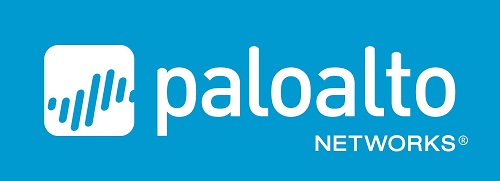
Attack Overview
 Bad Rabbit is a ransomware attack that, at the time of this writing, appears to primarily be affecting countries in Eastern Europe. While not spreading as widely as the Petya/NotPetya attacks, reports indicate that where Bad Rabbit has hit, it has caused severe disruption. The Ukrainian CERT has issued an alert on Bad Rabbit.
Bad Rabbit is a ransomware attack that, at the time of this writing, appears to primarily be affecting countries in Eastern Europe. While not spreading as widely as the Petya/NotPetya attacks, reports indicate that where Bad Rabbit has hit, it has caused severe disruption. The Ukrainian CERT has issued an alert on Bad Rabbit.
As detailed below, Bad Rabbit gains initial entry by posing as an Adobe Flash update. Once inside a network it spreads by harvesting credentials with the Mimikatz tool as well as using hard coded credentials.
Bad Rabbit is similar to Petya/NotPetya insofar as it encrypts the entire disk.
We are not aware of any reports of successful recovery after paying the ransom.
Because the initial attack vector is through bogus updates, Bad Rabbit attacks can be prevented by only getting Adobe Flash updates from the Adobe web site.
Reconnaissance
This attack does not appear to be targeted. Therefore, there appears to be little reconnaissance as part of this attack.
Delivery/Exploitation
According to ESET, the initial infection vector for Bad Rabbit is through a fake Adobe Flash update that is offered up from compromised websites. Proofpoint researcher Darien Huss has reported this fake update was hosted at 1dnscontrol[.]com. Reports differ on whether this is delivered through social engineering that convinces the user to install the fake update or if it is delivered silently through unpatched vulnerabilities (i.e. “drive-by” installs).
Lateral Movement
Once inside a network, Bad Rabbit propagates itself to other systems. Reports indicate that it harvests credentials using Mimikatz and Maarten van Dantzig reports it also uses common hardcoded credentials to spread.
Command and Control (C2)
At this time, we have no information on command and control for Bad Rabbit.
Conclusion
Bad Rabbit is not as widespread of an attack as Petya/NotPetya but is causing severe disruptions where it is occurring. It is similar to Petya/NotPetya in terms of the impact of a successful attack. However, it is a different attack with different malware.
We will update this blog with new information as it becomes available.
For information on how Palo Alto Networks products prevent Bad Rabbit, please see our Palo Alto Networks Protections Against Bad Rabbit Ransomware Attacks blog post.
As always if you have any questions, please come to the Threat & Vulnerability Discussions on our Live Community.





